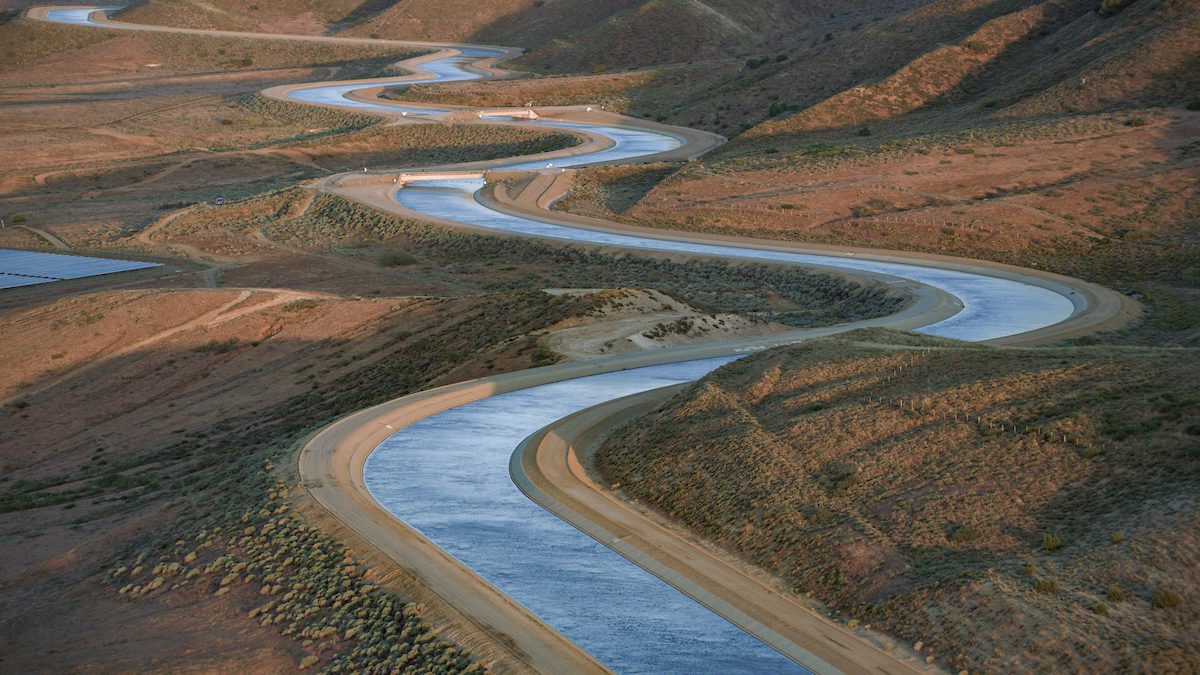- California issues new permit for State Water Project that aims to protect endangered fish and ensure water supply.
- Permit introduces new tools and adaptive management strategies.
- Permit covers five species under state protection.
- Collaboration among state and federal agencies plays a role.
November 7, 2024 — California has issued a new operating permit for the State Water Project (SWP) to protect endangered fish species while ensuring a reliable water supply for 27 million residents. The permit, known as an Incidental Take Permit (ITP), was granted by the California Department of Fish and Wildlife (CDFW) following the certification of a Final Environmental Impact Report for the long-term operations of the SWP.
for the State Water Project (SWP) to protect endangered fish species while ensuring a reliable water supply for 27 million residents. The permit, known as an Incidental Take Permit (ITP), was granted by the California Department of Fish and Wildlife (CDFW) following the certification of a Final Environmental Impact Report for the long-term operations of the SWP.
Protecting Endangered Species.
The permit covers five species protected under the California Endangered Species Act: Delta smelt, longfin smelt, white sturgeon, winter-run Chinook salmon, and spring-run Chinook salmon. The new operating plan includes actions designed to reduce and offset impacts on these species.
New Tools and Strategies.
Key commitments in the plan involve:
- Incorporating new genetic technology for real-time identification of listed salmonids
- Completing tidal marsh and floodplain restoration projects to support spawning and rearing habitats
- Improving fish passage in critical migration corridors
- Supporting adaptive annual investments in salmon responsive to climate change stressors, including droughts
- Backing hatchery production actions for listed species
The operations also include a robust adaptive management plan to adjust project components based on new scientific findings.
Collaboration and Independent Operations.
“While the State Water Project is now operating under a permit independent of our federal partners, we continue to work together to make sure the rules that govern operations of both projects are aligned to the benefit of both fish and people,” said Karla Nemeth , Director of the Department of Water Resources (DWR).
, Director of the Department of Water Resources (DWR).
Adaptive Management Approach.
“Extreme storms and extended droughts mean we need to be as nimble as possible in operating our water infrastructure,” Nemeth added . “DWR remains committed to using the best available science to operate the State Water Project to support the water supply needs of California’s communities while protecting fish and wildlife.”
. “DWR remains committed to using the best available science to operate the State Water Project to support the water supply needs of California’s communities while protecting fish and wildlife.”
Ongoing Efforts and Coordination.
The SWP operations plan was developed in coordination with the U.S. Bureau of Reclamation, U.S. Fish and Wildlife Service, National Marine Fisheries Service, and CDFW. The three-year effort included regular engagement and feedback from interested parties.
The federal Central Valley Project Environmental Impact Statement and Biological Opinions are separate from the SWP Incidental Take Permit and Final Environmental Impact Report
and Final Environmental Impact Report .
.
~~~
Image Credit:
California Department of Water Resources — A windy stretch of the East Branch California Aqueduct in Palmdale, California, located in Los Angeles County near mile post 327.50 on May 12, 2023.
— A windy stretch of the East Branch California Aqueduct in Palmdale, California, located in Los Angeles County near mile post 327.50 on May 12, 2023.




Leave a Reply